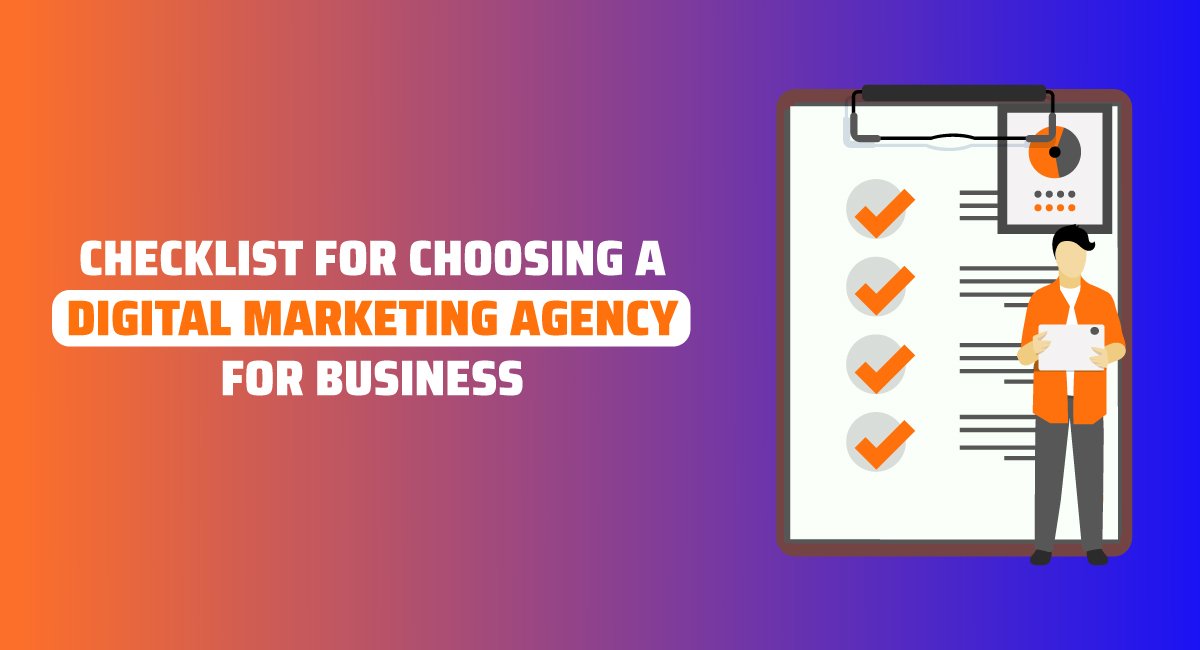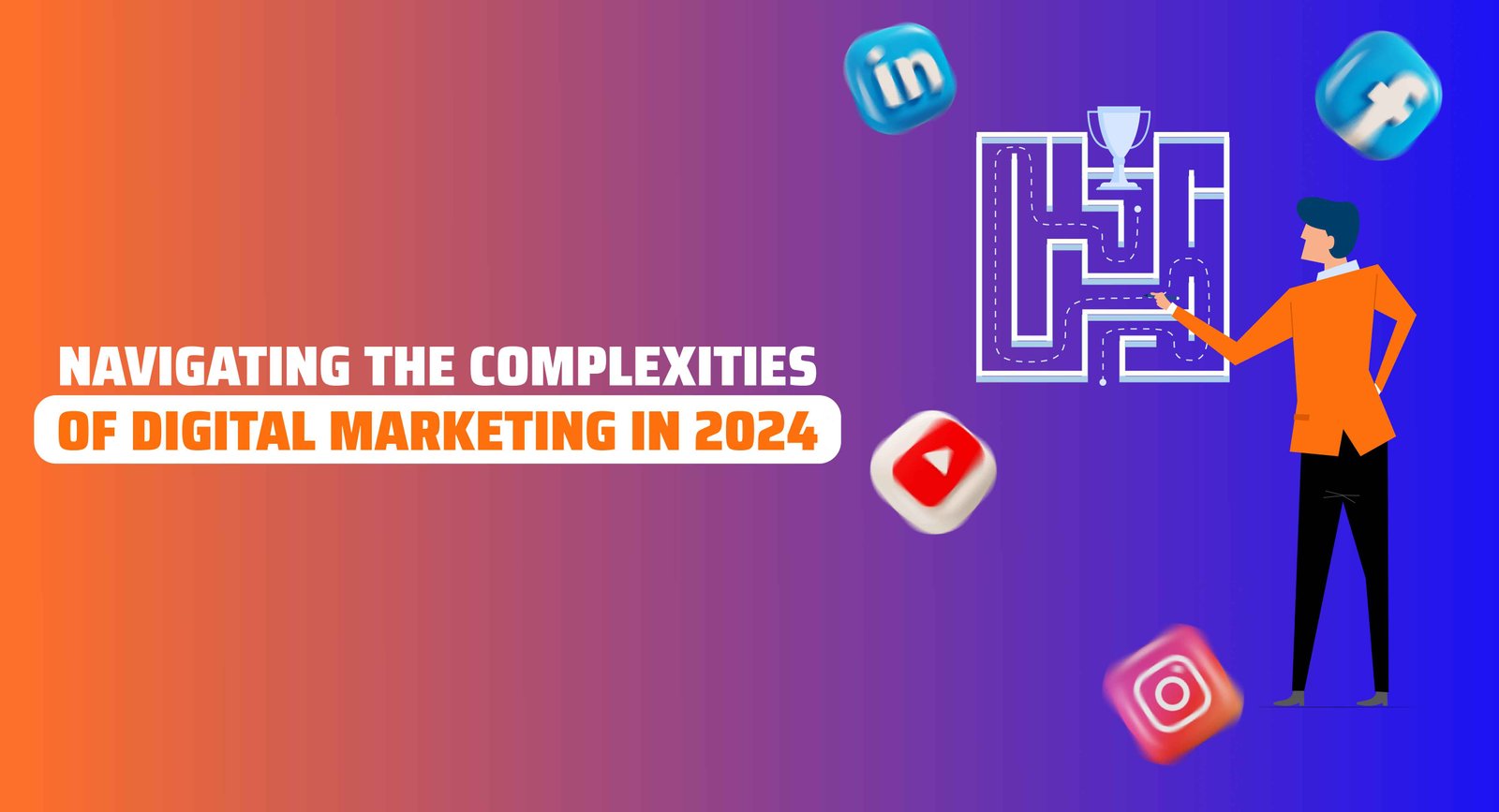.png)
Best Practices For Online Reputation Management (ORM)- CRSPL
Online reputation management refers to the process of monitoring what people say about your business or brand online and taking action accordingly. This includes everything from responding to customer feedback on social media channels and addressing negative reviews on popular websites like Yelp or Google My Business. In short, effective online reputation management involves actively engaging with your audience in order to cultivate a positive image of your brand across all digital touchpoints.
From small startups to multinational corporations, every business needs a solid strategy for managing its online reputation in today's global marketplace. Whether you're just starting out or looking to improve an existing approach, understanding the best practices of online reputation management is key to achieving lasting success in the digital age. So let's dive into some top tips and techniques for building a strong, trustworthy online presence that will win over potential customers and help your business thrive!
1. Understanding Online Reputation Management
The common saying, "Your reputation precedes you" has probably crossed your mind. In today's digital age, that statement has never been more true. With online platforms and social media at our fingertips, it's easier than ever for individuals and businesses to build their reputations - but also easier than ever for them to be torn down. This is exactly where online reputation management comes into play.
Online reputation management refers to the process of monitoring and influencing what is said about an individual or business on the Internet. This is important because a negative review or comment can spread quickly over social media, potentially damaging someone's reputation before they even have a chance to respond. Therefore, understanding the best practices of online reputation management is crucial.
2. Monitoring Your Online Reputation
You may have worked hard to establish your business online, but one negative review or comment can significantly harm your reputation. With the increasing use of digital platforms for communication and marketing purposes, it is essential to monitor your online presence regularly. Best practices of ORM include monitoring social media channels, search engine results pages (SERPs), review websites, blogs, forums, and news articles related to your brand.
By keeping an eye on different platforms where customers might leave reviews or comments about your products/services, you can quickly respond to any negative feedback before it harms your reputation. Moreover, by actively engaging with satisfied customers who have left positive comments, you can reinforce their loyalty toward your brand. This practice not only helps in building trust but also acts as a countermeasure against potential negative feedback that might come up later.
3. Engaging With Your Audience And Addressing Negative Feedback
To engage with your audience effectively, it is essential to have an active presence on social media platforms such as Twitter, Facebook, and Instagram. By consistently posting engaging content and interacting with followers through comments and messages, you can build a loyal following that trusts and values your brand. However, it is important to remember that negative feedback may arise despite efforts to maintain positivity. Responding professionally and promptly to these criticisms demonstrates responsibility and empathy towards customers while also potentially diffusing any further negativity.
Addressing negative feedback requires tactful communication skills combined with effective problem-solving abilities. Firstly, acknowledging the issue raised by the customer shows that their concerns are being taken seriously. Secondly, providing personalized resolutions or explanations for their grievances reinforces trust in your brand's ability to address issues head-on.
4. Developing A Crisis Management Plan
As the digital age continues to evolve, it's crucial for businesses and individuals alike to develop a crisis management plan for their online reputation. Just like any other aspect of life, things can go wrong in the digital sphere too - negative reviews, bad publicity, or even hacking attempts can all lead to a damaged image. It's important to be prepared with a well-thought-out strategy that will help you navigate through difficult times.
Remember that timing is everything when it comes to dealing with a crisis online. Make sure you are monitoring your accounts regularly and responding quickly to any negative feedback or complaints. By doing this, you show your audience that you are actively engaged and care about their concerns. A carefully crafted crisis management plan can ensure that you're able to handle any situation calmly and professionally while minimizing damage to your brand's reputation.
Now that we've covered how best practices in crisis management can protect against harm being done online, let's move on to building a positive presence through content creation and SEO strategies.
5. Building A Positive Online Presence Through Content Creation And SEO
How can you build a positive online presence in today's digital age? It all starts with content creation and SEO. By creating quality, relevant content that is optimized for search engines, you can increase your visibility and credibility online.
One of the best ways to create engaging content is by identifying the needs and interests of your target audience. What are their pain points? What questions do your target audience have about your industry or product? By addressing these topics in your blog posts, social media updates, or videos, you can establish yourself as an expert in your field and attract more followers.
But it's not just about what you have to say; It's also about how you say it. Writing in a clear, concise manner with headlines, subheadings, and bullet points can make your content easier to read and share on different platforms. And don't forget to include images or videos to break up text-heavy pages! By incorporating SEO techniques into your strategy and presenting information clearly, you can boost engagement and ultimately improve your reputation online. So why wait? Start creating compelling content today!
Conclusion
You must have got to know about the best practices for online reputation management. It involves monitoring your online presence, engaging with your audience, developing a crisis management plan, and building a positive online image through content creation and SEO. By implementing these best practices, you can protect your brand's credibility while also increasing visibility and customer loyalty. Engage with your audience by responding promptly to comments and messages - even if they are negative - as this shows that you value their opinion and are committed to resolving issues.
Boost your brand's online reputation and stand out in the digital era with CRSPL Technologies. Contact us now to implement the best practices of Online Reputation Management and ensure your brand's success. Let's shape a positive online image together!

.png)


.png)






.png)
.png)


.png)
.png)
.png)
.png)
.png)
.png)

.png)
.png)
.png)
.png)
.png)
.png)
.png)
.png)
.png)
.png)









.jpg)




































































































